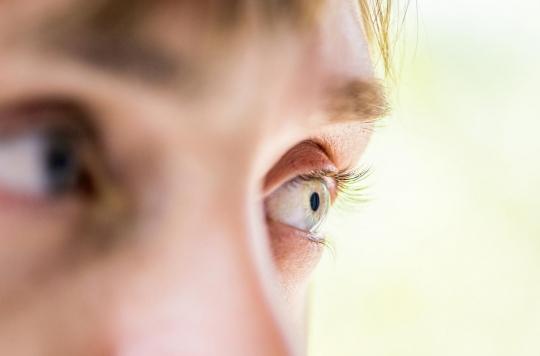A new study shows that a lens exam could predict the onset of prediabetes and type 2 diabetes in patients who still have no symptoms.

Could the assessment of the health status of the lens allow patients if they are susceptible to developing glucose intolerance (known as prediabetes) and type 2 diabetes even before the onset other symptoms?
This is according to new research presented by the University of Exeter Medical School, UK, at the annual meeting of the European Association for the Study of Diabetes (EASD) currently taking place in Barcelona.
According to their authors, carrying out an examination to measure the level of autofluorescence of the lens of the eye would make it possible to predict the patients who will have prediabetes and type 2 diabetes.
If conclusive, the results of this new study could prove valuable in making an early diagnosis of type 2 diabetes and thus avoiding complications such as diabetic retinopathy, damage to the ocular nerve linked to chronic hyperglycemia. , i.e. a prolonged elevation of blood sugar. Other research has shown that it can take up to ten years between the onset of type 2 diabetes and its diagnosis, which increases the risk of developing retinopathy: after 15 years of diabetes , it affects more than 50% of patients with type 2 diabetes.
An increase in AGE levels
For the purposes of their research, the researchers used a biomicroscope capable of detecting advanced glycation end products (AGEs) in the eye with a simple scan. This biomicroscope focuses a beam of blue light onto the lens non-invasively and measures autoflorescence in the reflected green light, which provides a measurement of the level of AGEs.
The researchers measured the autofluorescence of the lens of 20 people with type 2 diabetes, 20 people with prediabetes and 20 healthy control subjects.
The study found a significant increase in AGE levels in the eyes of people with type 2 diabetes. It also showed an increase in AGE levels in patients with prediabetes.
A reliable test to predict future diabetes risk
According to the authors of the study, these results mean that the lens examination could be a reliable way to measure the number of people likely to develop diabetes in the future.
“Lens autofluorescence could be a reliable marker of long-term diabetes control, predicting the risk of future complications. This confirms the feasibility of noninvasive lens autofluorescence for screening undiagnosed type 2 diabetes. and prediabetes in the subjects”, thus analyzes Dr. Mitra Tavakoli, who led the work.
“Although this is a pilot study, it is a promising new tool for early detection and monitoring of patient treatment. It could improve the lives of people with type 2 diabetes by reducing complications. However, larger, long-term clinical studies are needed to confirm these results.”

.















